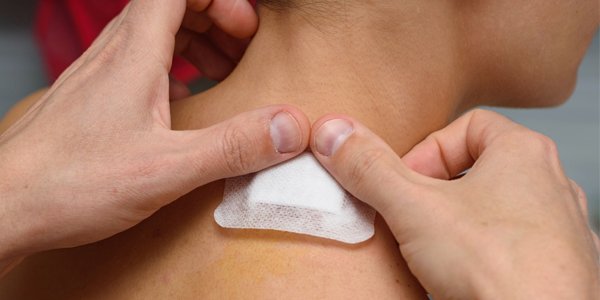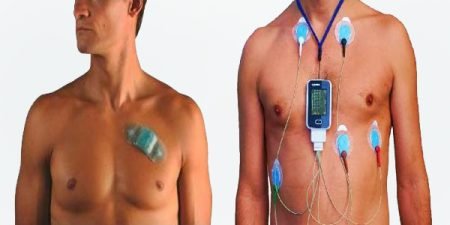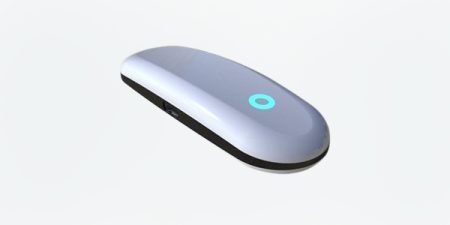1. Surgical Patches:
These are materials used in medical procedures to repair, reinforce, or reconstruct tissues. They are designed to support healing, provide structural integrity, and sometimes deliver therapeutic agents.
Purpose:
Repair and Reconstruction: To address defects, reinforce weakened tissues, or replace missing structures in various types of surgeries.
2. Types of Surgical Patches
A. Biological Patches
Autografts:
Definition: Tissue grafts taken from the patient’s own body.
Applications: Used for skin grafts, bone grafts, and some vascular repairs.
Advantages: No risk of rejection, good integration with host tissue.
Disadvantages: Limited availability, donor site morbidity.
Allografts:
Definition: Tissue grafts taken from a donor of the same species.
Applications: Used in skin grafts, heart valves, and bone repairs.
Advantages: Readily available, can be used in large quantities.
Disadvantages: Risk of immune rejection, requires matching and processing.
Xenografts:
Definition: Tissue grafts taken from animals.
Applications: Used in certain types of cardiovascular and dermatological surgeries.
Advantages: Readily available, can be processed to reduce immune response.
Disadvantages: Risk of disease transmission, potential for immune rejection.
Decellularized Patches:
Definition: Tissues that have had their cellular components removed, leaving a scaffold.
Applications: Used in vascular repairs, hernia repairs, and tissue engineering.
Advantages: Reduced risk of immune rejection, maintains structural integrity.
Disadvantages: Can be expensive, may require additional processing.
B. Synthetic Patches
Non-Absorbable Synthetic Patches:
Materials: Made from materials such as polyester (Dacron), polytetrafluoroethylene (PTFE), or expanded PTFE (ePTFE).
Applications: Used in vascular surgeries, hernia repairs, and orthopedic repairs.
Advantages: Durable, resistant to infection, and readily available.
Disadvantages: May cause chronic inflammation or rejection, potential for infection.
Absorbable Synthetic Patches:
Materials: Made from biodegradable materials like polylactic acid (PLA), polyglycolic acid (PGA), or a combination of these.
Applications: Used in internal tissue repairs, suturing, and some hernia repairs.
Advantages: Gradually absorbed by the body, reduces long-term foreign body presence.
Disadvantages: Limited duration of support, may not be suitable for all types of repairs.
C. Composite Patches
Definition:
Combination Materials: Patches that combine biological and synthetic components to leverage the advantages of both types.
Applications:
Usage: Often used in complex repairs where a single type of material might not provide all the necessary properties.
Advantages:
Enhanced Performance: Can offer superior mechanical strength, biocompatibility, and adaptability.
Disadvantages:
Complexity: More complex manufacturing and potentially higher cost.
3. Applications of Surgical Patches
Hernia Repairs:
Types of Patches Used: Synthetic (e.g., polypropylene) and composite patches.
Considerations: Strength and durability are key for effective hernia repair.
Cardiovascular Repairs:
Types of Patches Used: Synthetic (e.g., PTFE, Dacron) and decellularized patches.
Considerations: Must be biocompatible and durable.
Dermatological Repairs:
Types of Patches Used: Biological (e.g., skin grafts) and synthetic (e.g., silicone-based).
Considerations: Must promote proper healing and integrate well with surrounding tissue.
Orthopedic Repairs:
Types of Patches Used: Synthetic (e.g., collagen-based) and biological (e.g., bone grafts).
Considerations: Must support bone growth and integrate effectively with existing bone.
4. Choosing the Right Patch
Factors to Consider:
Type of Surgery: Different patches are suited for different types of repairs and reconstructions.
Patient-Specific Factors: Includes the patient’s overall health, the location of the repair, and the potential for tissue integration.
Cost and Availability: Economic considerations and the availability of different types of patches.
Consultation with Healthcare Providers:
Expert Advice: Surgeons and medical professionals assess the best type of patch based on the specific needs of the patient and the surgery being performed.
5. Future Trends and Innovations
Advancements in Materials:
New Technologies: Development of smart patches with embedded sensors or drug delivery systems.
Personalized Medicine:
Tailored Solutions: Growing use of personalized patches based on patient-specific needs and conditions.
Biotechnology:
Regenerative Medicine: Advances in biotechnology are leading to the creation of bioengineered patches that may offer better integration and functionality.
6. Conclusion
Summary of Types: Recap of the main types of patches used in surgical repair and reconstruction.
Importance of Selection: Emphasize the importance of choosing the appropriate type of patch based on surgical needs and patient factors.
Call to Action: Encourage readers to discuss patch options with their healthcare providers to make informed decisions about surgical repair and reconstruction.



